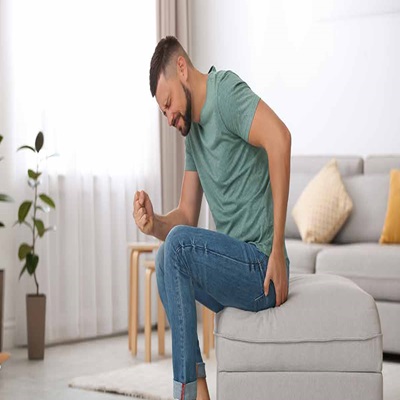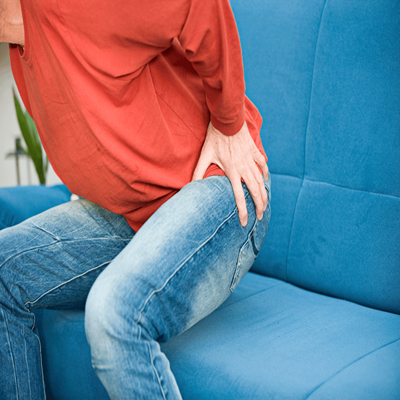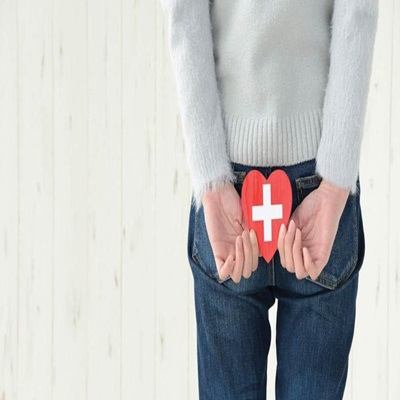
test post template
Quick Facts Cost: 800 AED to 1500 AED Results: weight loss Back to Work: right after treatment Duration of Treatment:

Are you feeling pain, discomfort, or itching in your rectal region? Are you dealing with swelling or bleeding during bowel movements? If you are also experiencing Hemorrhoids in Dubai, a distressing situation then luckily at our clinic we have effective solutions to get rid of symptoms & enhance your quality of life. To know more about haemorrhoid treatment in Dubai, keep reading the page and book us right away for effective and customized solutions!
Also known as piles, these are inflamed and swelling veins located in the lower rectum and anus. The issue can cause discomfort and cause symptoms for instance pain, itching, and bleeding during bowel movements.

The procedure offers several advantages, that are delivered at Tajmeels Clinic, that can significantly improve a patient’s quality of life. These benefits include:
Situated inside the rectum; normally not painful, but bleeding is possible.
Under the skin around the anus, this is quite uncomfortable, bloated, or itchy.
A situation in which blood clots from an exterior haemorrhage, producing excruciating agony and oedema.
When haemorrhoids inside the body enlarge and extend past the anus.
Proper preparation is essential to ensure a successful haemorrhoid treatment and a smooth recovery process. Here are the pre-care instructions to follow:
Conservative Remedies:
Minimally Invasive Techniques:
Surgical treatments:
After undergoing haemorrhoid treatment, it is crucial to follow post-care instructions to ensure proper healing and prevent a recurrence. Here are the post-care guidelines:
The cost of the Hemorrhoid treatment is not fixed as some factors will impact the original price. To know about the original cost the candidates are recommended to meet the doctor. However, the average cost of the treatment varies from 14,999 AED to 18,999 AED.

Anyone experiencing symptoms of haemorrhoids should consider seeking treatment. Ideal candidates include:
The physicians and colorectal surgeons that work in our clinic are very skilled in diagnosing and treating hemorrhoids. Together with surgeons, our team also consists of dietitians, anesthesiologists, and committed nurses who work together to deliver all-encompassing care catered to your individual needs.
We guarantee the most efficient and minimum intrusive treatments by utilizing the most recent advancements in medical technology and cutting-edge techniques. Modern, comfortable amenities in our clinic are intended to make your visits as enjoyable as possible. We take the time to listen to your worries and address all of your inquiries. Your comfort and well-being are our top priorities, and our caring staff is committed to providing tailored care.
Fill out the below form and book us right away for Haemorhoids treatment in Dubai. We ensure to provide you with personalized solutions and enhance the quality of your life!
Generally, the procedure is not painful due to the application of anesthesia.
There are a few risks such as swelling, discomfort, and pain. However, the candidates might not worry as these will settle down within a few days.
Typically, the procedure requires 1 to 2 hours. However, this depends on the complexity of the procedure.
Minor bleeding is common after the treatment.
Our Gallery

Quick Facts Cost: 800 AED to 1500 AED Results: weight loss Back to Work: right after treatment Duration of Treatment:










